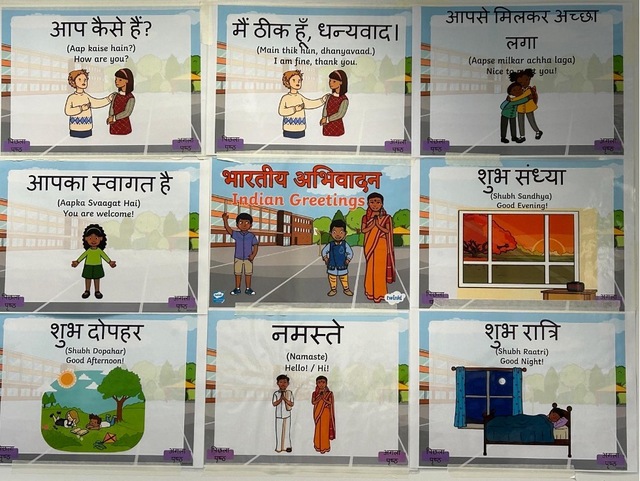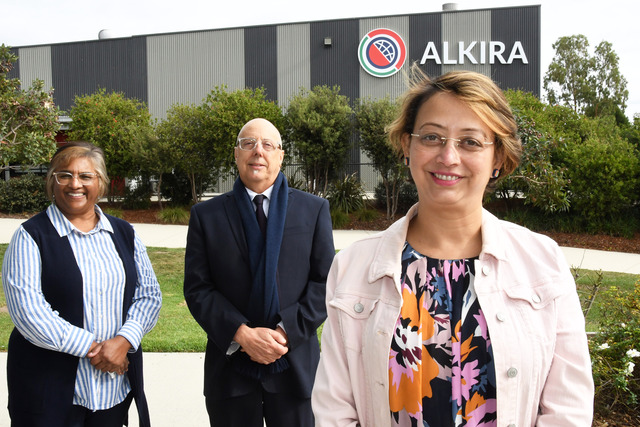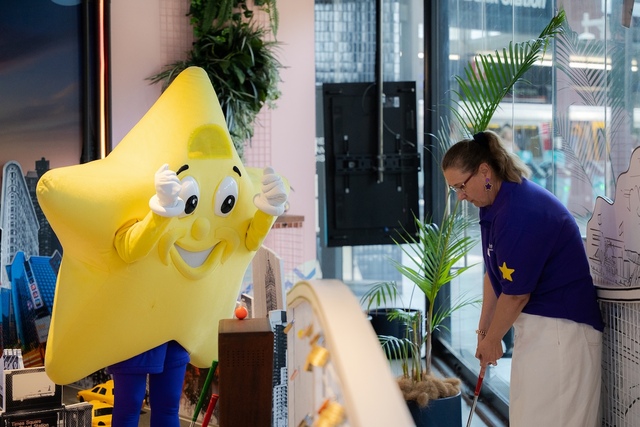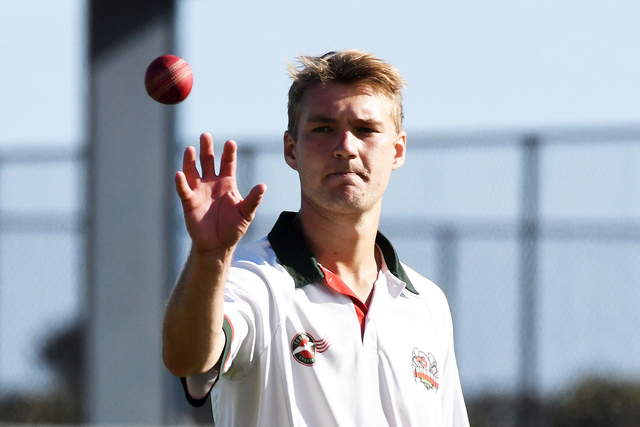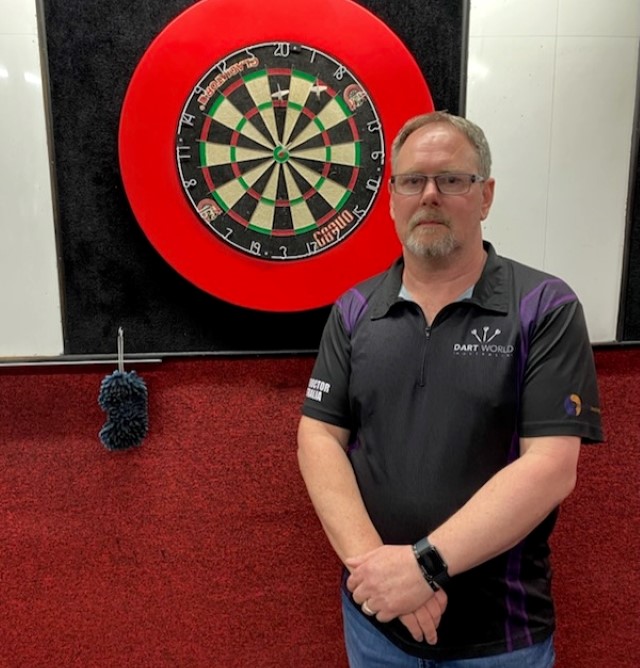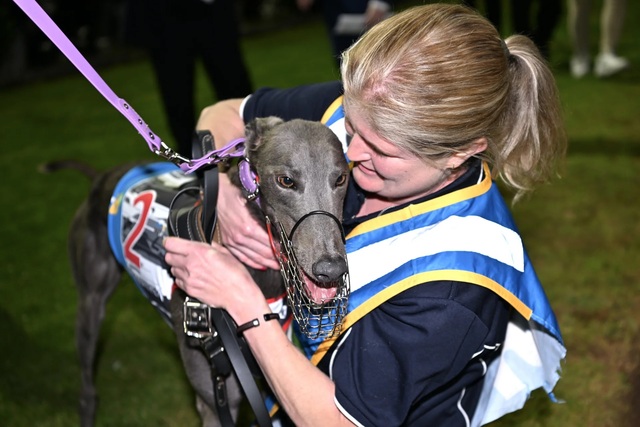Alkira Secondary College has introduced a Hindi language initiative this year, aiming to build a stronger connection with the local community and help further students’ career opportunities.
The Cranbourne North school is one of only three Beacon Schools in Victoria selected to lead the promotion of Hindi languages.
The other two schools are in Melbourne’s western and northern suburbs. The three are sharing a $3.5 million investment from the State Budget 2023/24 to roll out the new language programs.
The initiative, launched for the Year 7 students, is funded and supported by the Department of Education to foster deeper cultural ties and expand language learning opportunities for the diverse, multicultural student community.
Co-principal Nalini Naidu said the school only had one language program, Chinese, before the initiative, but as the demographics changed over the years, it felt a need to connect more with the community.
“We used to get a lot of students from a Chinese background coming in, but over the last few years, with Covid and other things, that has decreased the number of international students,” she said.
“We’re getting a lot more students coming in with a background of Hindi speaking. I would say a good 60 to 70 per cent of our new students came from the Indian subcontinent.
“And we thought by promoting the language within the school, it would help parents connect more with our school.”
Interestingly, only 15 to 20 per cent of the students enrolled in the new language program have parents who speak Hindi, Hindi Language programme coordinator Sonali Pendurkar noted.
“The majority are from a Hindi-speaking background. They had exposure to the language through Bollywood or other things like TikTok and so on, and they got fascinated with that and want to learn,” she said.
Ms Pendurkar went to explain that even for many students coming from Indian background, they don’t necessarily speak Hindi at home as there are 26 official languages in India.
“They speak Tamil or Marathi or Bengali, other languages,” she said.
The program starts with a cultural immersion, with celebrations of various festivals, music, and hands-on activities.
“We are also having incursions and excursions, which include a community member, an elderly person, visiting the school and talking to our students, temple visits, and some of the excursions with the primary schools as well,” Ms Pendurkar said.
“We are also trying to connect the Hindi language with some of the other domains within the school, so students will be doing 3d printing of alphabets and very small activities that can promote them and engage them in there.”
Ms Naidu and Ms Pendurkar both agreed that one of the most important components of learning is community because they want their student to practice their language.
“Maximising the availability of Hindi-speaking people around them so that they will be comfortable in having that spoken language with them as well, not just a written one,” Ms Pendurkar said.
They also believe that learning a second language could help enhance career opportunities and improve cognitive functions.
“When you are bilingual, your brain actually engages better with problem-solving skills and critical thinking,” Ms Pendurkar said.
“It is also about creating cultural sensitivities,” Ms Naidu said.
“The more we know the culture, the more we are sensitive to it, and then it will reduce all the tensions that we are currently experiencing.”
Ms Naidu said the school is hoping to have students do a cultural visit to India by this year or early next year.
“We are also looking at the increased number of student enrollment to learn Hindi,” she said.

